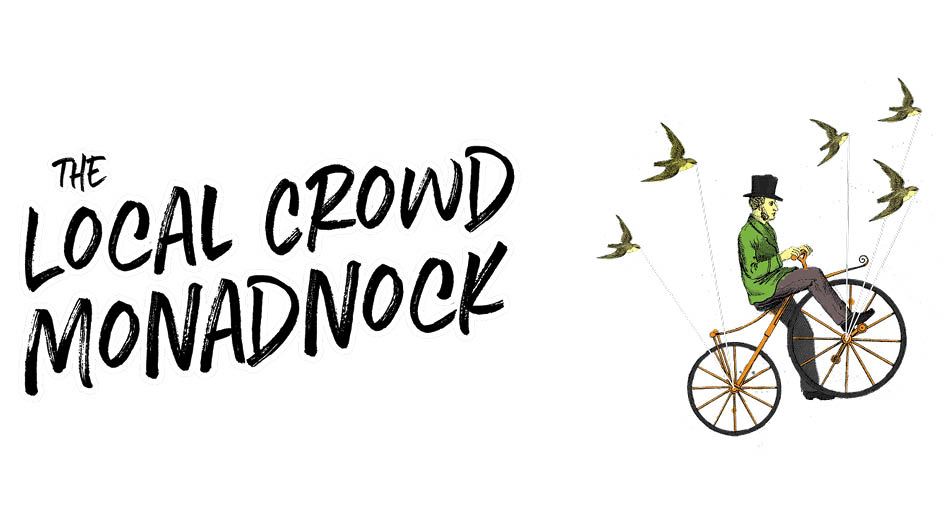Menu
Log in
GreenView examples, both near and far, of communities building a more regenerative economy. | "A sustainable community is one that is economically, environmentally and socially healthy and resilient." |
The Local Crowd Monadnock - Keene, NH
Powered by Wild Apricot Membership Software
